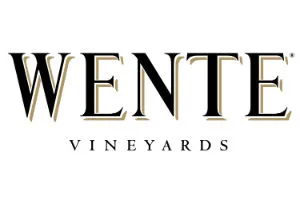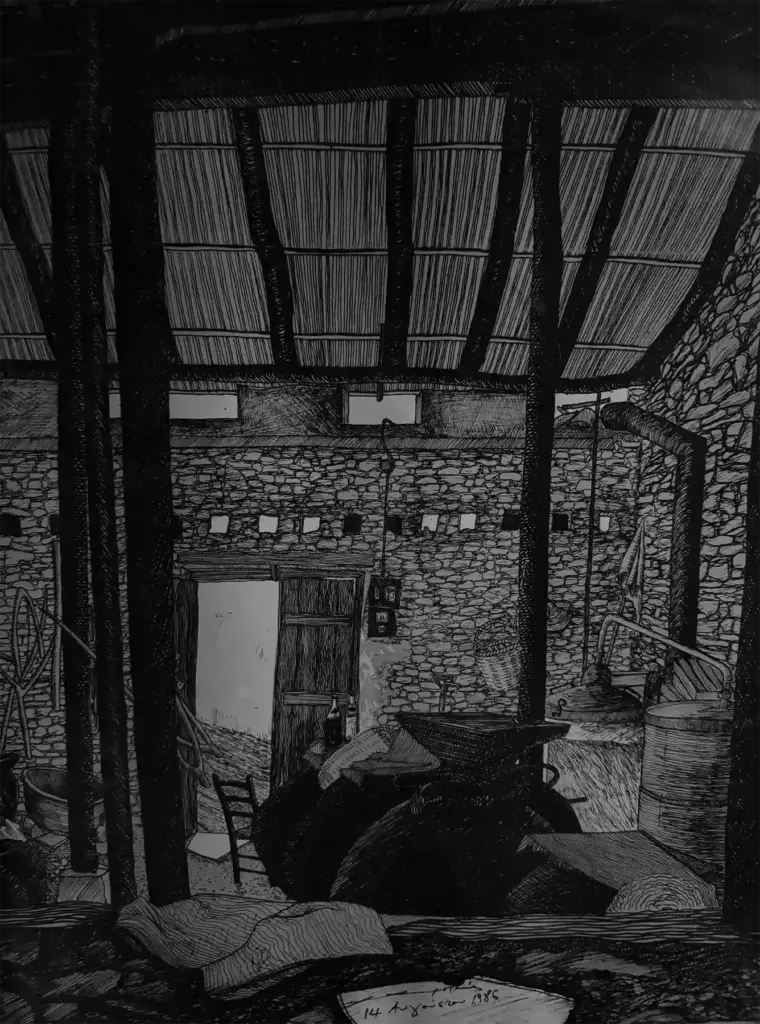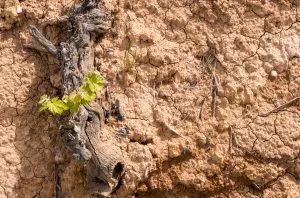The Loire Valley ranks number one for sparkling wine production in France, outside Champagne. LM Archer explores why the region’s fine bulles are so highly in-demand. As the drinks business has recently reported, crémant consumption is on the rise, with consumers wising up to the quality of French sparkling options outside of Champagne, often at lower price points. Currently, the Loire Valley is the number one sparkling wine production region in France, outside Champagne. But why is this region ideal for creating fine fizz? Simply put, the Loire Valley offers a winning trifecta of climate, soils, and sustainability. Named a UNESCO World Heritage site in 2000, the Loire Valley spans nearly 200 miles (320 km] along the Loire River in central France, running from Orléans to Nantes. Winemaking Romans arrived in the Loire Valley 2,000 years ago, attracted by its moderate climate, and vine-loving soils. Marine, metamorphic, and volcanic soils suit a variety of grapes, most notably Melon, Chenin Blanc, and Cabernet Franc. During the Middle Ages, Henry II, King of England and Count of Anjou, married Eleanor of Aquitaine in 1152. Over time, the Loire Valley transformed into “The Royal Valley”, an opulent kings and courtiers’ playground of white-stoned chateaux. Later, savvy 16th century Dutch immigrant merchants arrived, improving wine trading routes, transportation, and techniques. But perhaps most significantly, for the purpose of this article, is the year 1811, which marks the production of Loire Valley’s first fines bulles, or sparkling wines, near Saumur. Fines Bulles Fines bulles describes
This Article was originally published on The Drink Business - Wine






